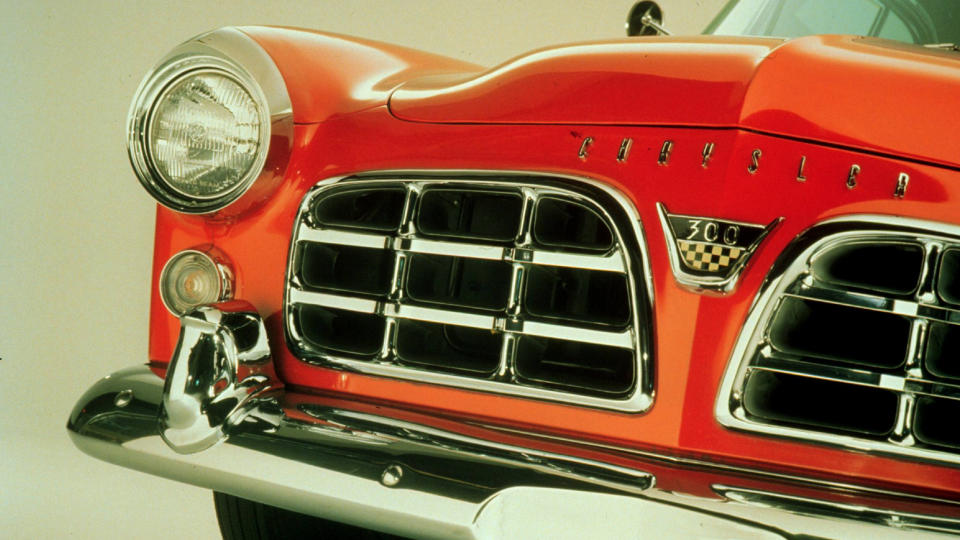Stellantis Is Plotting the ‘Death of Chrome’ Because It Causes Cancer

Get ready for some Doomer Facebook posts about the extermination of car chrome (and freedom, somehow) as major American automaker Stellantis is done with the shiny stuff. Chrome has long been a staple of luxury and prestige vibes on cars and motorcycles. It was, of course, big in the days of American land yachts but still decorates certain vehicles. However, it turns out that chrome is also quite toxic. So much so that Stellantis is ditching it in its new era, what its head of design Ralph Gilles calls the “Death of Chrome.” The type of chromium typically used in automobile chrome trim, to provide that signature shininess, is called hexavalent chromium (or chromium 6) and it’s an aggressive carcinogen. The California Air Resources Board (CARB) told CNN “It is 500 times more toxic than diesel exhaust and has no known safe level of exposure.” Yikes. Fear not, the chrome trim on your car isn’t going to make you sick. Hexavalent chromium is only dangerous during the electroplating process. During that process, workers can be exposed to the stuff, and it can even be released into the atmosphere. While chrome platers have vapor capture methods to make sure chromium 6 doesn’t make its way into the air, Stellantis wants to stop using it entirely. There are some hexavalent chrome alternatives, such as trivalent chrome, but Gilles says they aren’t as pretty. “The problem is the luster isn’t as good. It has a more yellow kind of finish,” he told CNN. “Whereas hexavalent is extremely good, very brilliant, very clear and that’s why people have come to love it. They don’t realize what they’re looking at, but they’ve come to love it. We have to make them unlove it.” Chrysler Halcyon Concept. Stellantis If anyone can make ditching chrome cool, though, it’s Gilles. Have you seen blacked out minivans and family cars lately? That’s thanks to Gilles, who blacked out the trim of his own Chrysler Pacifica minivan in 2016 and it was so well received that Chrysler began offering the look as an “S Package.” However, you don’t only want black trim as a replacement for chrome. There are other, softer, more approachable options. “Sometimes you don’t want a very holistic, black and white type of contrast. Sometimes a tonal contrast is even more attractive,” said Gilles. “So we’re using bronzes and silvers and graphites where chrome used to be, to create that offset.” But physical trim could be dying down, too. Illuminated logos and emblems could replace chrome as well, like the way Stellantis’ Chrysler Halcyon concept using light for its front emblem. The new electric Jeep Wagoneer S doesn’t even have chrome trim as an option. The call to get rid of this stuff isn’t just happening in California, where the majority of hexavalent chromium is plated, though. Europe is pushing back on the carcinogenic metal, too. Volkswagen and Mercedes, among other European automakers, are also toying with light-up emblems to get off chrome. As someone who never much liked the look of chrome—being of Italian heritage in New Jersey, I’ve seen enough chrome and gold for ten lifetimes—I couldn’t care less about the death of chrome. If it’s carcinogenic, get rid of it. But I know some people will be sad to see it go. Maybe a shiny cancer-free alternative will come down the pipeline. Got tips? Send ’em to tips@thedrive.com

 Yahoo Autos
Yahoo Autos 